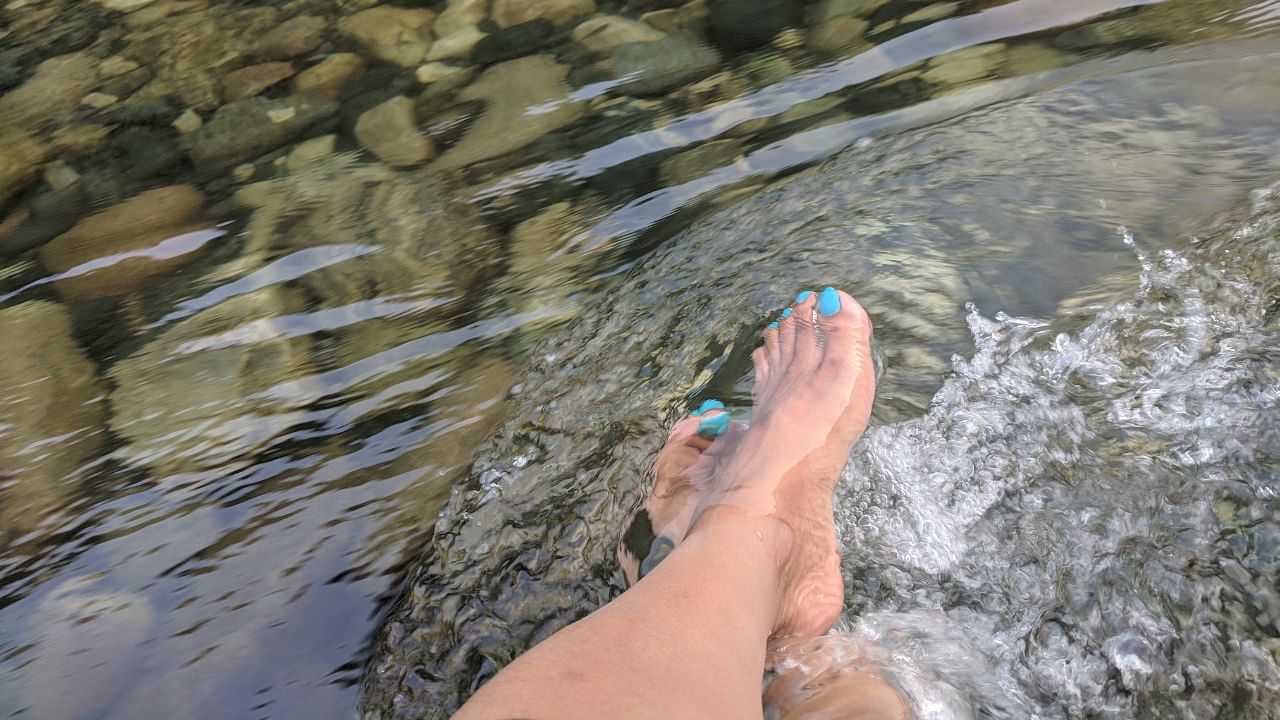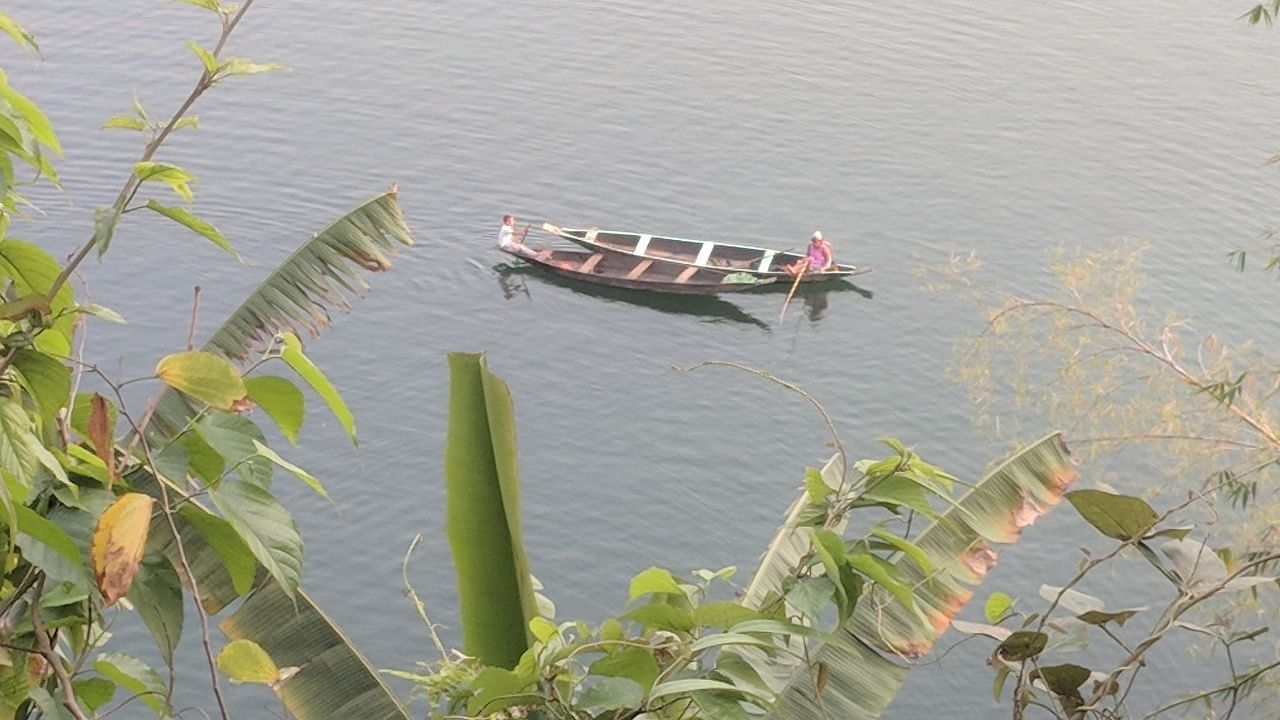

Some memories are special, and so was my trip to Dawki, Meghalaya, which also happened to be my first trip to the Northeast.
Having heard from my friends about the Umngot River (popularly known as Dawki), one of India's cleanest rivers, I was excited to visit this hidden gem on a nondescript border between India-Bangladesh.
Road to Dawki
Dawki is a small, busy town in the East Jaintia Hills district, close to the India-Bangladesh border. Its claim to fame is the crystal clear Umngot river that flows through it. The water is so clean that one can see almost 10 ft below the water level at certain times of the year. No wonder this popular fishing spot is one of the most “Instagrammable” places in India.
As we approached the town, my driver shouted out in excitement, "Woh Dekho Bangladesh" (look, that's Bangladesh). I looked in the direction he was pointing, and the verdant Bangladesh plains were visible. For me, it was a glimpse of "Opar Bangla," the other Bengal that got separated from us during Partition.
After having bargained for a boat, we set sail, and the picturesque beauty of the Umngot enchanted me. I could see the bottom of the lake. This mountain-fed water body is rich blue-green and looks like a translucent emerald glistening in the sun. The boats that passed by looked like they were floating on a glass surface.
The river forms a natural divide between Ri Pnar (Jaintia Hills) and Hima Khyrim (Khasi Hills). A single-span suspension bridge built in 1932 by India's British colonists joins the hills. It also serves as a route to Tamabil, connecting India and Bangladesh.
The Khasi boatman shared how both sides see an intermingling of people from the two countries.
The story of the 'other side'
I spotted a few BSF and Indian army personnel stationed at the border checkpoint where Meghalaya meets Bangladesh's Sylhet. Most of them were happily interacting with the tourists, although on high alert.
Slowly as the boat sailed towards the other side, I was excited that I would finally be stepping foot in Bangladesh—a country tied to us by a shared history. I never imagined that I could glide over to our neighbouring country so quickly through the beautiful Dawki. In a few steps, I found myself in another region, culture, and land. That's the charm of borderless boundaries.
The soldiers were cordial, and we crossed over quickly to Tambil, the official border post on the Bangladeshi side. There are no boundary lines or fences at the highly porous border, just some stone pillars. Just like us, there were many visitors from the other side too.
Across the border, I spotted an older man selling jhalmuri (spicy puffed rice) and berry pickles. I took a small helping of the jhalmuri, and I was pleasantly surprised to find that he accepted Indian currency—a small gesture that made my visit memorable.
Getting there: Shillong to Dawki is a day trip that takes around 2.5 to 3 hours. Hire a taxi and club it with a visit to Mawlynnong.
Best time to go: You can visit during the summer, but winter is a better time. Avoid monsoons.
(Ayandrali Dutta is a food and travel journalist who finds her Zen exploring different terrains.)